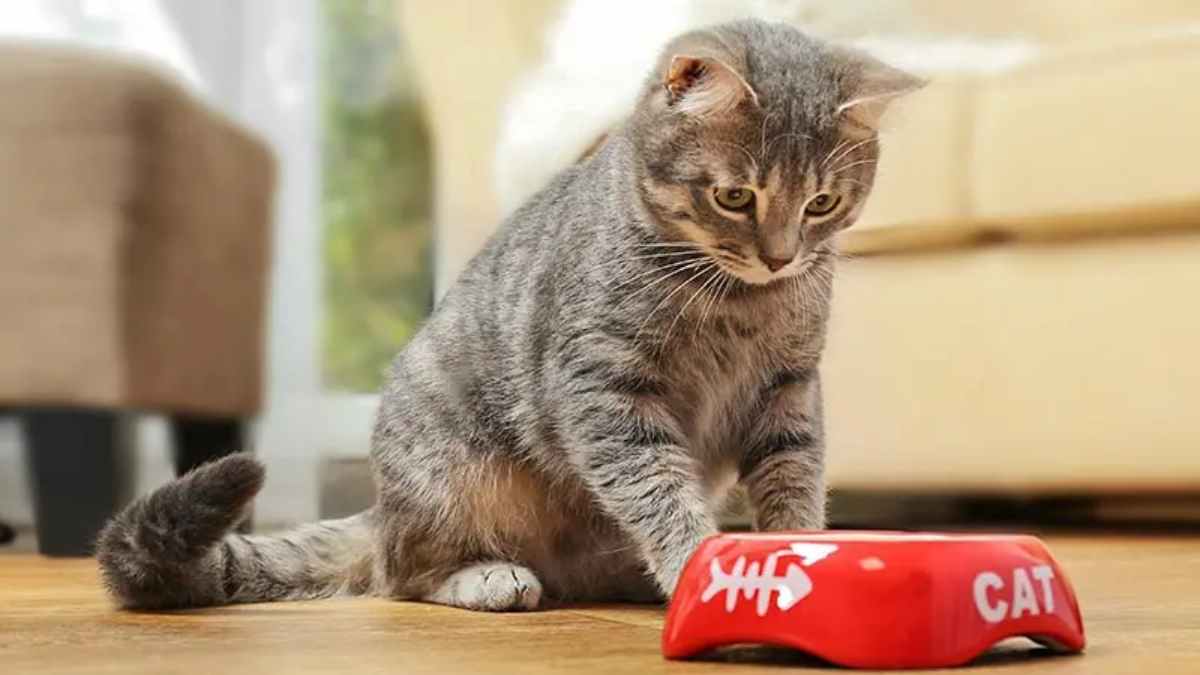As a pet parent, providing your cat with healthy cat food is an important responsibility to ensure your furry friend stays healthy and happy. Transitioning your cat to a new type of food can be daunting, but it’s necessary for their health and well-being. One type of healthy cat food that you might want to consider is wet cat food. In this blog post, we’ll guide you through the process of transitioning your cat to wet cat food and discuss the benefits of making the switch.
Contents
Understanding Your Cat’s Nutritional Needs
Before we dive into how to transition your cat to wet cat food, it’s important to understand your cat’s nutritional needs. High-quality protein is essential in your cat’s diet to maintain a healthy weight, build strong muscles, and support healthy organ function. Additionally, a cat’s diet should have adequate moisture content to prevent dehydration, which can lead to urinary tract problems and other health issues.
Factors To Consider Before Transitioning
Before making the switch to wet cat food, there are a few factors to consider to ensure a smooth and healthy transition. These include your cat’s age, health condition, dietary preferences, and any allergies or sensitivities.
For instance, older cats may have dental problems that make chewing dry cat food difficult, making wet food a better option. Cats with certain health conditions such as kidney disease or diabetes may require a special diet that you should discuss with your veterinarian. You should also take into account your cat’s dietary preferences and sensitivities to prevent any digestive problems.
How To Transition Your Cat To Wet Food
The transition process from dry cat food to wet cat food should be gradual to avoid any digestive issues. Start by introducing small amounts of wet cat food mixed with your cat’s current dry food. Increase the amount of wet food slowly while decreasing the amount of dry food. Over a period of 7-10 days, your cat should be fully transitioned to wet cat food.
Tips For Successful Transitioning
Here are a few tips to ensure a successful transition to wet cat food:
- Consistency & Patience – Cats are creatures of habit, so consistency is key to a successful transition. Make sure you stick to a consistent feeding schedule and gradually increase the amount of wet food over time. Be patient and don’t rush the process, as it may take a few weeks for your cat to adjust to the new diet.
- Ensuring Sufficient Water Intake – Since wet cat food already contains moisture, your cat may drink less water than usual. Ensure that your cat has access to fresh water at all times to avoid dehydration.
- Feeding In Small Portions – Throughout the Day Cats have small stomachs, and feeding them small portions throughout the day can help with digestion and prevent overeating. Consider feeding your cat three to four small meals per day instead of two large meals.
Benefits Of Wet Cat Food
Making the switch to wet cat food comes with several benefits, including:
- Improved Hydration – As previously mentioned, wet cat food has a higher moisture content than dry food. This makes it an excellent choice for cats who don’t drink enough water, ensuring they stay hydrated.
- Better Digestion – Wet cat food is easier to digest than dry food. This is especially beneficial for cats with dental problems, as they may have difficulty chewing dry food.
- Enhanced Flavor & Palatability – Wet cat food is generally more palatable than dry food, making it an excellent choice for picky eaters. The different textures and flavors available in wet food can also provide some variety in your cat’s diet.
Transitioning your cat to wet cat food is a gradual process that requires patience and consistency. However, the benefits of making the switch to a healthier cat food option are numerous, including improved hydration, better digestion, and enhanced flavor and palatability.
Remember to consult with your veterinarian if you have any concerns about your cat’s diet or health. They can provide recommendations on the best cat food for your cat’s individual needs.
Transitioning your cat to a new type of food can be a challenge, but it’s worth it to provide your cat with a healthy and nutritious diet. Wet cat food is an excellent option to consider, providing your cat with essential moisture and high-quality protein that can help them maintain a healthy weight, build strong muscles, and support healthy organ function. By following the tips and guidelines outlined in this blog post, you can make a successful transition to wet cat food and help your furry friend live their best life.

